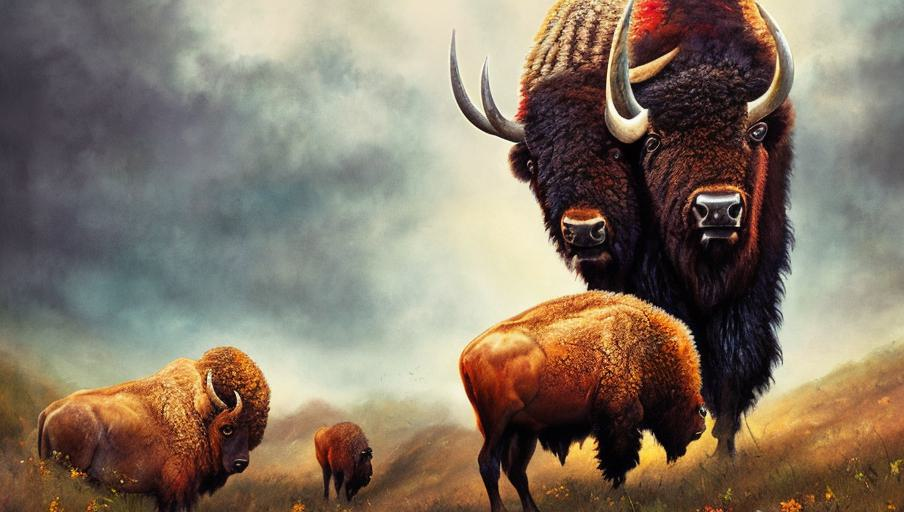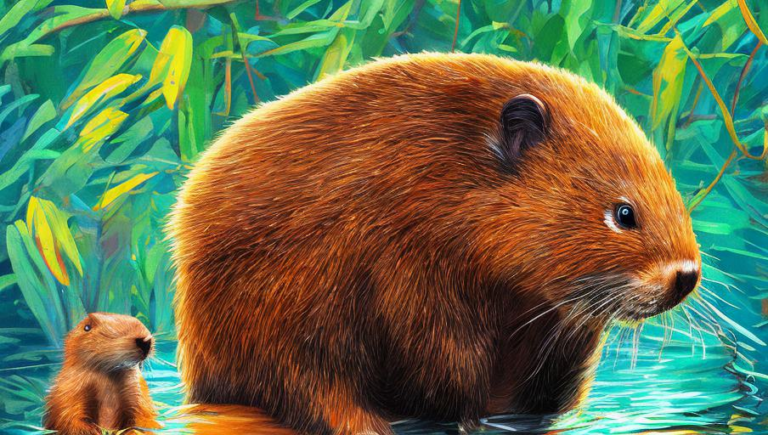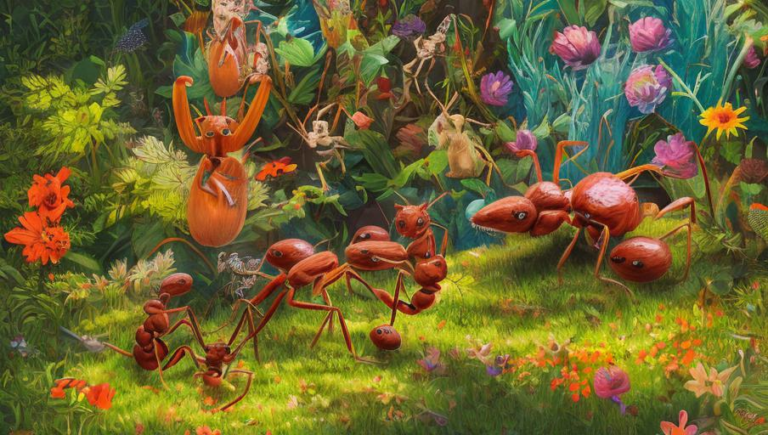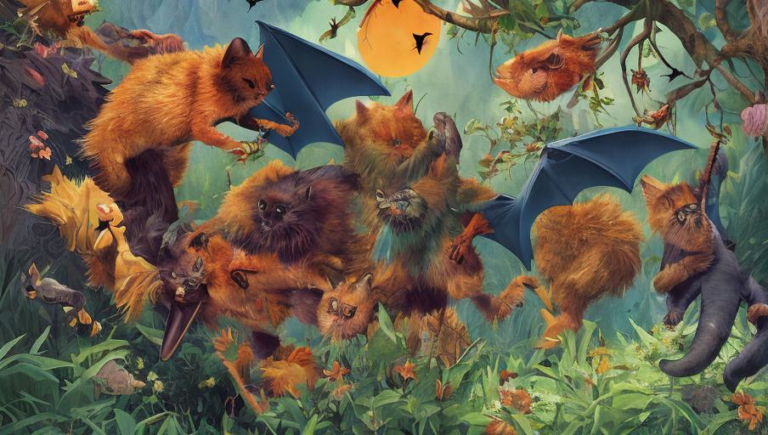Legacy of the Bison: Understanding their Cultural Significance

Introduction
For centuries, the mighty bison has been an enduring symbol of strength and resilience, both for the Indigenous people of North America and for all of us who view the animal with admiration and respect. Bison, also known as buffalo, are an iconic species with a deep and varied history. They are an important part of many Indigenous cultures and have been revered for their strength and resilience. In this article, we will explore the cultural significance of the bison, as well as the unique impact they have had on Indigenous cultures and the environment.
Bison in Indigenous Cultures
The bison has been an important part of Indigenous cultures for centuries. To many Indigenous people, the bison is a sacred animal and is seen as a symbol of strength and resilience. Bison were a major source of food, clothing, and shelter for Indigenous people for thousands of years. They were also an important part of many spiritual and ceremonial practices, and their hides were used to make drums and other ceremonial items. In addition, many Indigenous cultures view the bison as a symbol of unity and harmony, a reminder of the importance of community and working together.
Bison and the Environment
The bison is an integral part of the environment, both in terms of its habitat and its role in the food chain. Bison are a keystone species, meaning that they play an important role in their environment and the ecosystem. They help to maintain the grasslands by grazing and fertilizing the soil, and their presence helps to promote biodiversity. They also provide a food source for predators, such as wolves and bears, and they help to keep the populations of their prey species in balance. In addition, bison are an important part of the water cycle, helping to keep rivers and streams healthy.
Bison and Conservation
The bison is an important species that is threatened by hunting and habitat loss. In the 19th century, bison were nearly wiped out due to overhunting, and their numbers are still in decline today. Fortunately, there are conservation efforts in place to help protect the bison and its habitat. The National Bison Range in Montana is one such example, and it is home to a herd of about 500 bison. Other conservation efforts include habitat protection, reintroduction programs, and educational initiatives to increase awareness about the importance of bison conservation.
Conclusion
The bison is an important species with a deep cultural and environmental significance. Its presence is a reminder of the importance of conservation and environmental protection. The bison is a symbol of strength and resilience, and its presence is a reminder of the importance of working together to protect our environment and our wildlife. We owe the bison a debt of gratitude for its role in our history and its importance to our environment.





